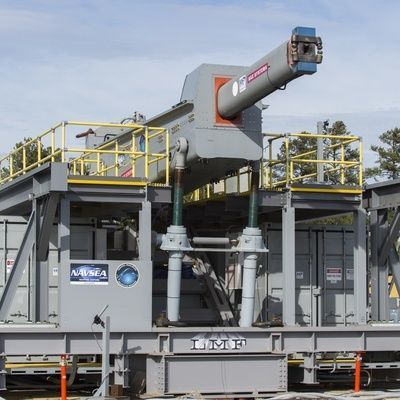Gold climbed to the highest since mid-June, pushing up mining-company shares amid military tensions between the U.S. and North Korea.
Equities slid and the Swiss franc and some developed-market government bonds advanced as President Donald Trump threatened North Korea with “fire and fury” following a series of missile tests by the communist regime, boosting demand for haven assets. Gold also climbed after Indian imports of the metal were said to have doubled.
The U.S. North-Korea tensions add to investor angst that has helped push up gold more than 10 percent this year, even with equities hitting records and the Federal Reserve keen to shrink its balance sheet. Should geopolitical tensions intensify, gold is likely to be in demand as a safe-haven, according to analysts at Commerzbank AG.








